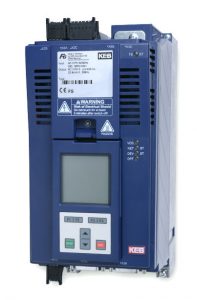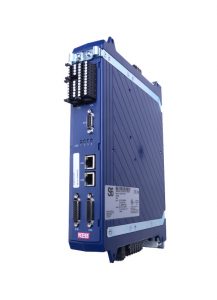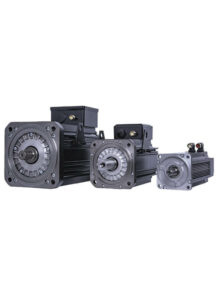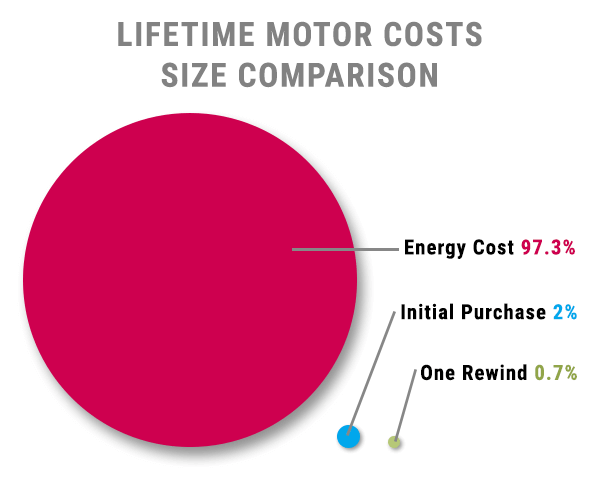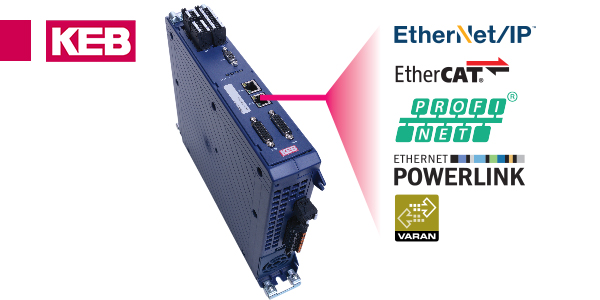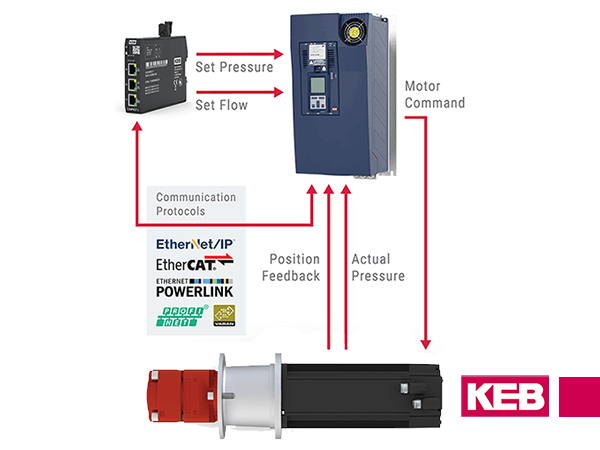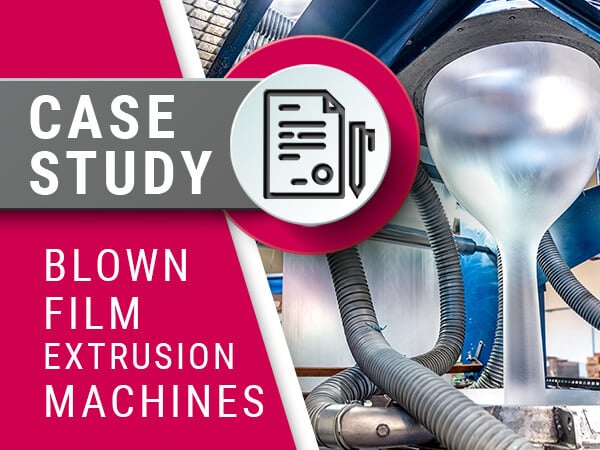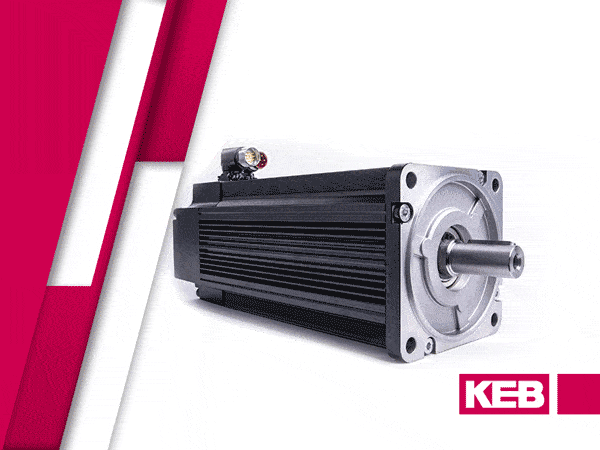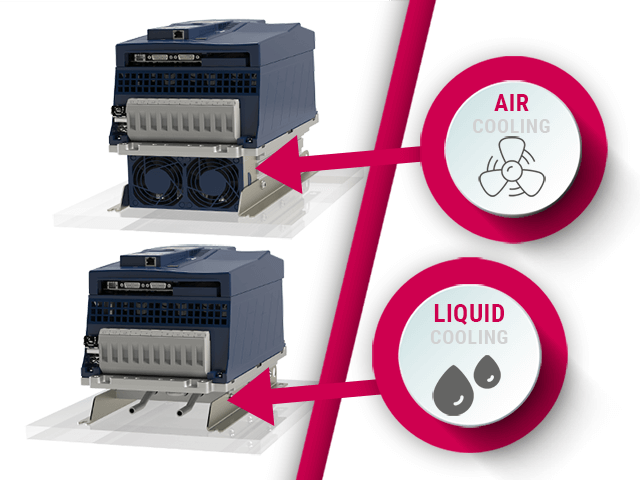Automation Solutions for Thermoforming Machines
As consumer behaviors and lifestyle preferences evolve, the demand for thermoformed plastics and the machinery to produce them has intensified. From the ubiquitous trays for pre-cooked meals to the essential packaging for disposable medical test kits and the convenience of single-serve food packaging, the reliance on thermoformed plastics is evident across various industries. Within thermoforming lines, a diverse array of automation technologies plays a crucial role. This article explores how machine builders can choose the right automation vendors and technical solutions that cater to their specific requirements.
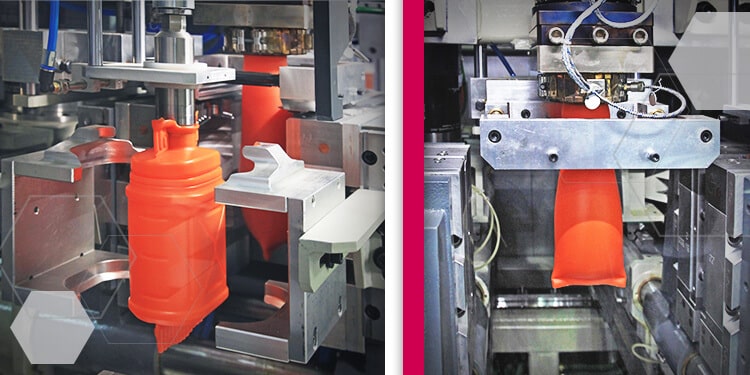
Consider the Entire Process
Thermoforming machines encompass a variety of discrete steps, from roll changing and infeed/outfeed conveyors to heating elements, process control, mechanical pressing or vacuum control, trimming, cutting, and inspection. Each of these steps requires precise control facilitated by a master machine control or PLC capable of seamless communication with motor axes and sensors.
For these machines, numerous industrial communication protocols are suitable. Protocols like ProfiNet enjoy widespread recognition and global acceptance, while others, such as EtherCAT, are rapidly gaining traction. EtherCAT stands out for the extensive range of vendors offering compatible products, providing machine builders with ample choices for component selection. This diversity proved invaluable during recent supply chain disruptions, enabling the swift substitution of components and uninterrupted machine shipments.
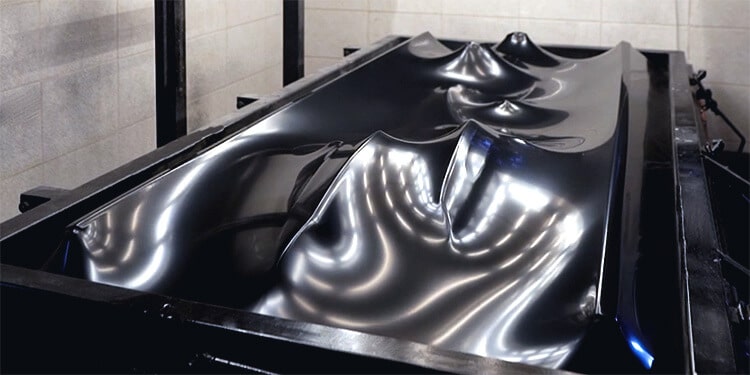
The integration of smart sensors is increasingly prevalent, offering enhanced functionality and data transmission capabilities. For instance, on a thermoforming machine, temperature sensors in the heating section can now relay comprehensive information, including sensor status and health, using protocols like IO Link. IO Link controls are available to communicate with the main PLC, further enhancing sensor capabilities.
Choosing an automation partner capable of supplying a wide array of components can offer significant advantages. Partnering with KEB, for instance, streamlines development timelines and costs by providing a comprehensive suite of components for thermoforming machines. KEB offers various motion solutions, including servo motors, all programmable within the user-friendly Combivis Studio environment. By consolidating programming within Combivis, customers avoid the complexities of managing multiple vendor software packages. Additionally, Combivis includes numerous wizards and tools to expedite machine development, further enhancing efficiency.
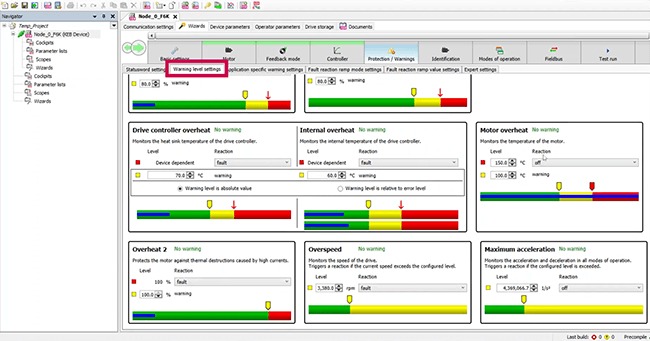
Energy Efficiency
Similar to other plastic manufacturing equipment, thermoforming processes can consume significant amounts of energy. As businesses increasingly scrutinize operating costs per unit and machine lifetime expenses, energy expenditure has emerged as a focal point. Given the multitude of motors orchestrating various movements within a thermoforming machine, optimizing motor efficiency presents a straightforward avenue for improvement.
Recent legislative measures in various regions have raised the minimum efficiency standards for induction motors. However, for those seeking even greater efficiency gains, replacing induction motors with AC PM servo motors merits consideration. AC PM servo motors typically offer a heightened efficiency advantage of a few percentage points per axis, translating into substantial overall machine savings. Beyond efficiency enhancements, PM servo motors deliver superior performance characteristics, including accelerated and decelerated rates, enhanced torque and speed regulation, and precise positioning repeatability.
Moreover, the heater section represents a significant energy consumer. Machine builders should exercise diligence in selecting appropriately sized heating elements tailored to the specific application and materials involved. Additionally, ensuring responsive heater control systems capable of detecting anomalies and promptly alerting operators to potential issues or errors is crucial for minimizing energy waste and maximizing operational efficiency.
Flexibility is King
Thermoforming machines are facing increasing demands to accommodate diverse manufacturing requirements. Manufacturers seek to leverage thermoformers for producing a wide range of product sizes using various materials. Consequently, the automation components must possess adaptability to cater to a broad spectrum of operating points. Machine builders are encouraged to explore automating manual functions to minimize line changeover times. While this entails incorporating additional motors and drives, it also results in an upfront increase in machine cost.
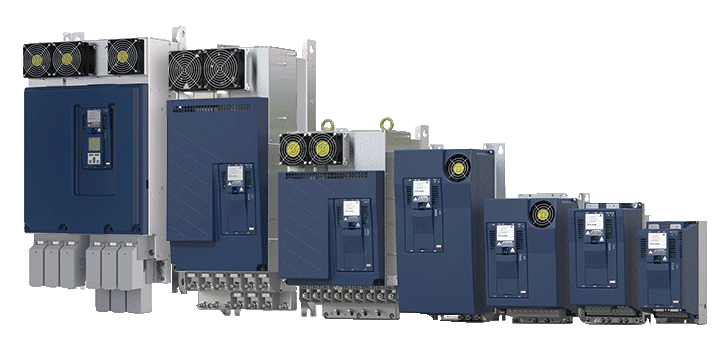
Nonetheless, both users and machine builders should weigh the upfront investment against the lifetime operating cost of the machine. If the machine is expected to undergo frequent line changes and support the production of numerous product variations, the initial investment in automation is likely to yield significant gains in productivity over time.
Industrial communication and protocols play a pivotal role, particularly for machine builders serving global clientele with varying specifications. KEB addresses this challenge by providing extensive flexibility concerning drive protocols. The KEB S6 servo drive, for instance, supports multiple protocols from a single hardware platform. This enables machine builders to streamline their electrical cabinet design and utilize a unified bill of materials (BOM). Moreover, the interchangeability of different PLCs is facilitated, with the drive’s communication protocol easily adjusted via software parameters to align with specific PLC requirements as necessary.
User Interface
User interfaces are increasingly recognized as a crucial aspect of a machine’s value proposition. The appeal of the HMI and screen layout plays a pivotal role in conveying the quality and sophistication of the machine. Machine builders are acknowledging that the HMI often serves as the primary point of interaction for users, significantly influencing the machine’s usability and acceptance.
Given that operators may not always possess extensive training, it is essential to develop HMI screens with their needs in mind. Whether operators are new to the machine or the company, or must operate various types of machines with limited familiarity, ensuring that the HMI provides easily accessible, relevant information is paramount. The layout should facilitate straightforward interpretation of data, navigation, and intuitive usage.
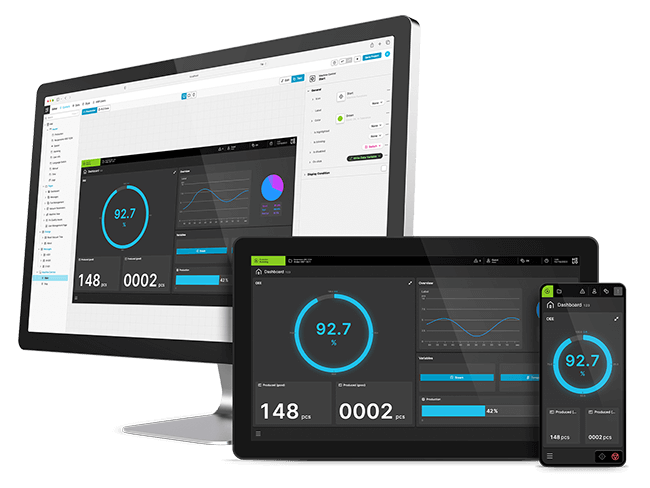
KEB’s X1 HMIs and HELIO development software streamline the creation of appealing and functional screens, offering efficiency and ease of use. KEB provides sample projects developed by professional UX designers as a starting point for machine builders, which can be effortlessly customized using KEB’s no-code editor. For more extensive projects, KEB offers a UX design service, where experts collaborate with machine builders to tailor the user experience to meet best-in-class standards aligned with machine requirements.
Servo Motors and Drives for Thermoforming Machines
Thermoforming machines have emerged as pivotal players in consumer packaging and related sectors, evolving to meet growing demands for versatility and efficiency, including rapid line changes. KEB stands out as an ideal automation partner in this industry, offering comprehensive solutions encompassing motors, drives, controls, and HMIs. Leveraging KEB’s extensive experience in both the plastics and packaging sectors, machine builders can streamline development processes, reduce costs, and deliver high-performance machines tailored to meet evolving industry needs.
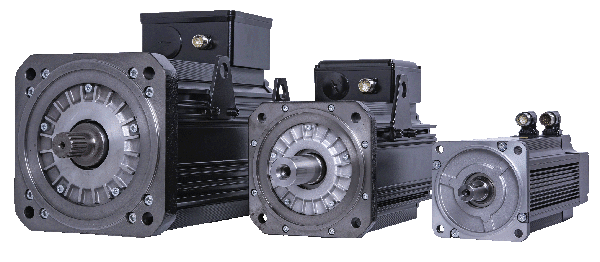
Let's Work Together
Connect with us today to learn more about our industrial automation solutions—and how to commission them for your application.
